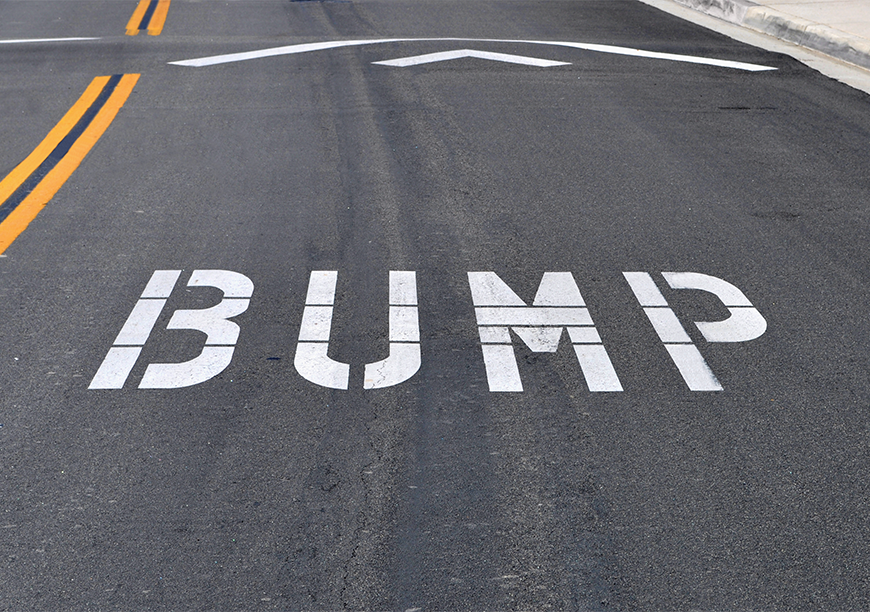Speed bumps and speed humps can help slow traffic speed, decrease traffic and increase safety in both residential and commercial areas.
Speed bumps are designed for low volume, low speed areas, such as private driveways and parking lots because they cause most vehicles to slow down to 5 miles/hour or less. This is because they are abrupt, with a height between 2-6″ over a travel length of 6″ to 3′.
Speed humps are designed for residential neighborhoods, such as HOAs, because they have a more gradual rise and fall – so the driver may only have to slow down to 15-20 miles/hour. They generally have a travel length of 12-22′ and a height of 3-4″.
Drawbacks of Speed Bumps/Humps
Sped bumps and humps can cause vehicle damage, increased vehicle emmissions, increased response times for emergency vehicles and may be dangerous to bicyclists and motorcyclists.
Rubber vs Asphalt
Asphalt is a more solid and permanent solution, with minimal maintenance and easy repair. Rubber, on the other hand, are portable and easy to install, but are not very secure or durable.
Design Tips
Place them near street lights, use warning signs and road markings. Do NOT place them in the middle of a road curve, sloped roads, areas reserved for handicapped motorists or routes frequented by emergency vehicles.




